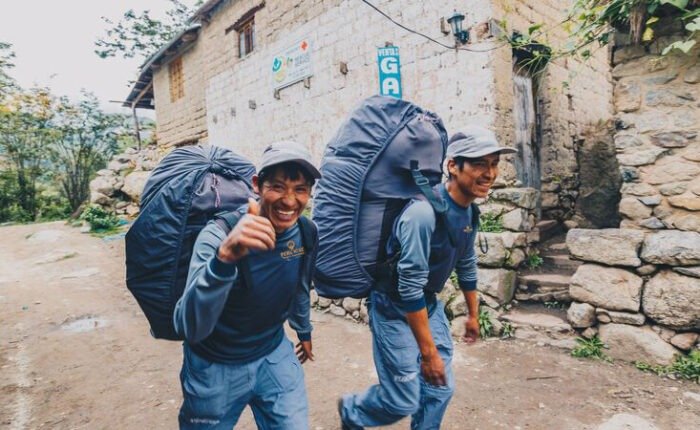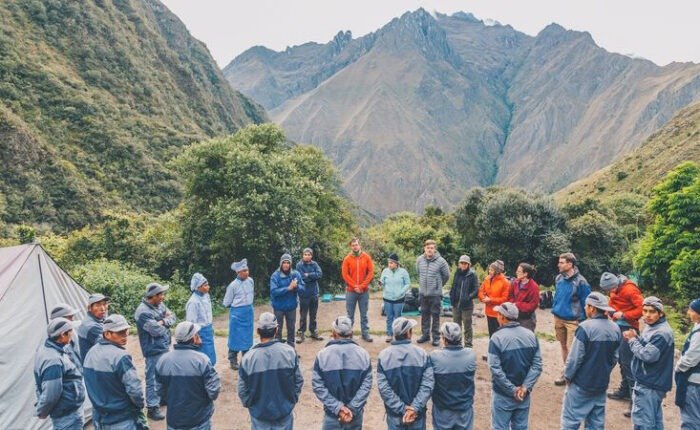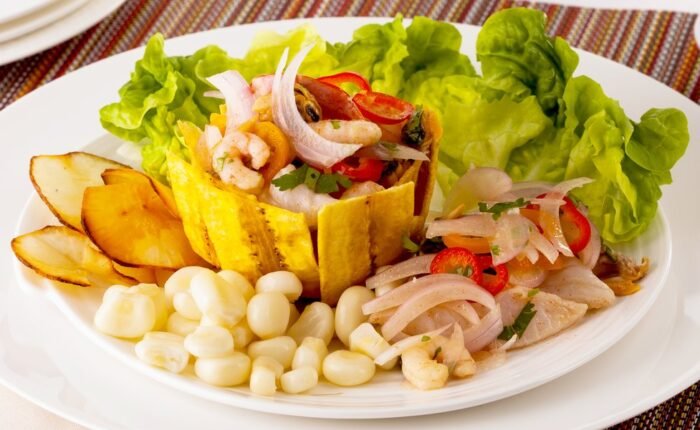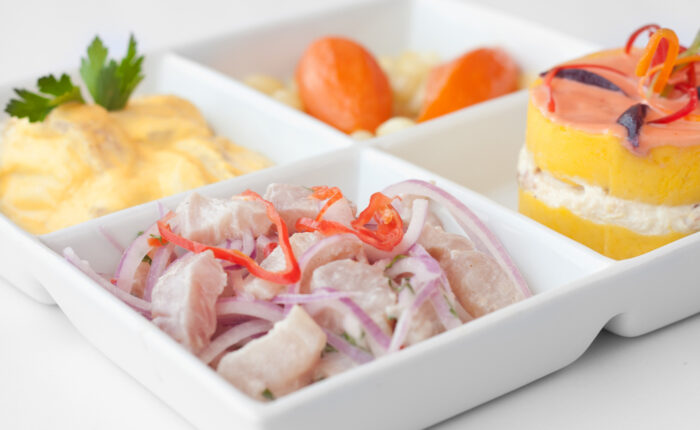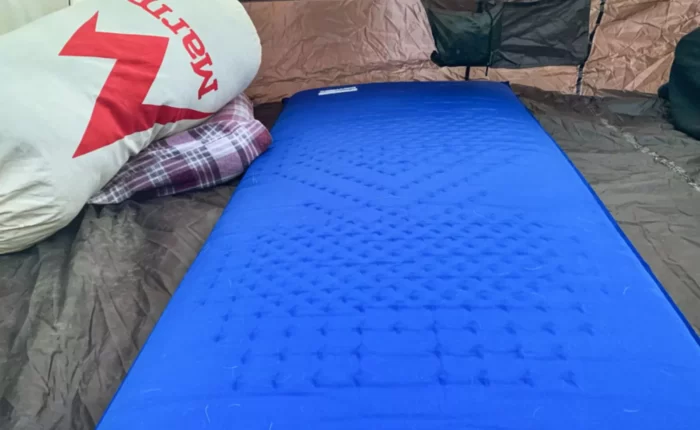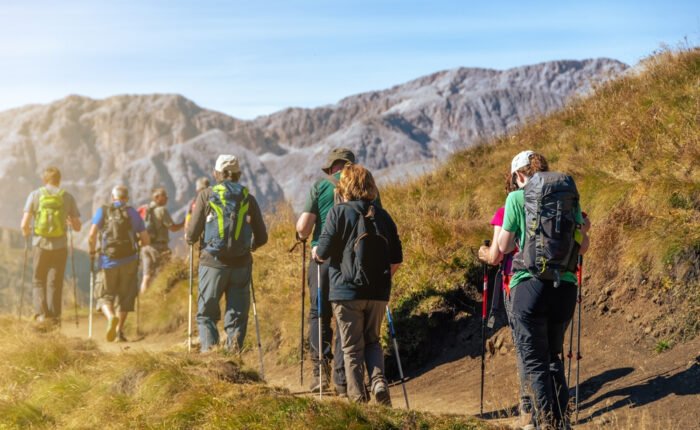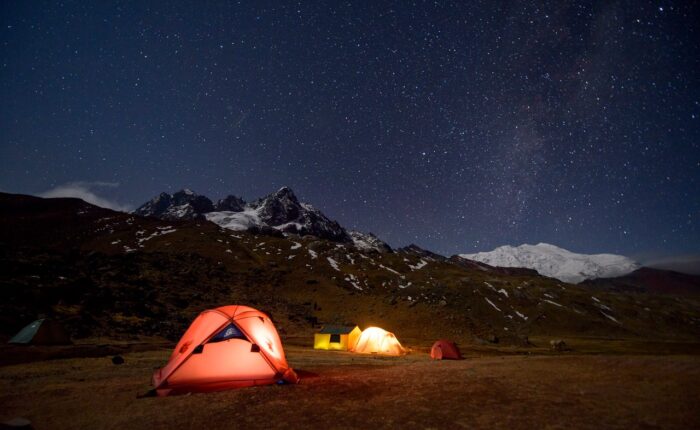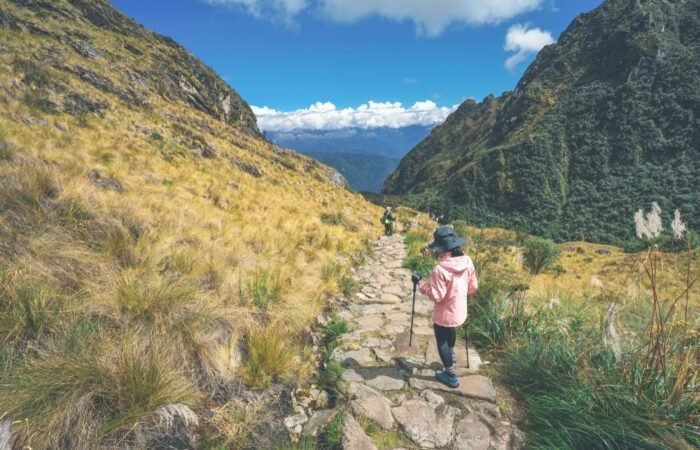

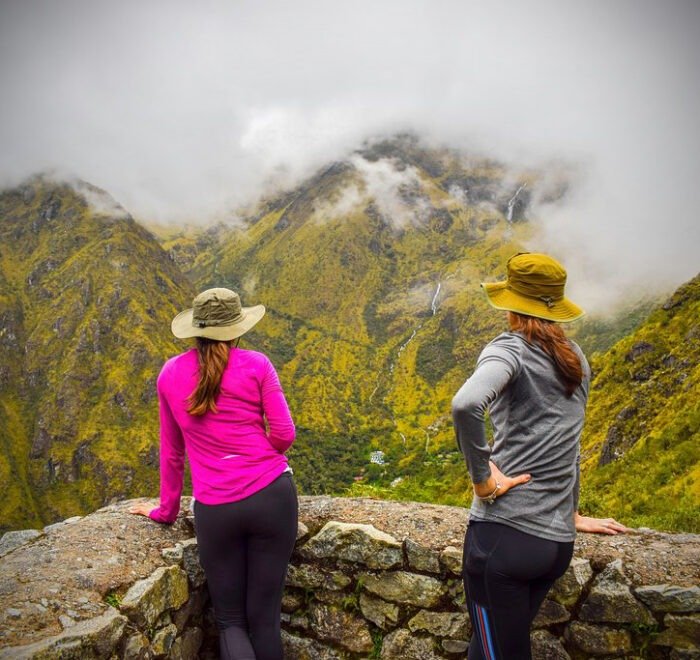
The Inca Trail is one of the most famous treks in the entire world, and is the best route in South America. It leads to one of the New Wonders of the World, Machu Picchu and follows along the trail that the Incas created all those hundreds of years ago.
Along the route you’ll get to see some fascinating archaeological sites that can only be accessed by foot. You’ll hike the trail accompanied by a knowledgeable guide who’ll inform you of all the important facts from history, as well as with tourists from across the globe. It’s a great chance to make new friends, too.
The trail is tough in parts, but it’s well worth the challenge. Let’s take a look in more detail.
The Inca Trail is one of the most famous treks in the entire world, and is the best route in South America. It leads to one of the New Wonders of the World, Machu Picchu and follows along the trail that the Incas created all those hundreds of years ago.
Along the route you’ll get to see some fascinating archaeological sites that can only be accessed by foot. You’ll hike the trail accompanied by a knowledgeable guide who’ll inform you of all the important facts from history, as well as with tourists from across the globe. It’s a great chance to make new friends, too.
The trail is tough in parts, but it’s well worth the challenge. Let’s take a look in more detail.
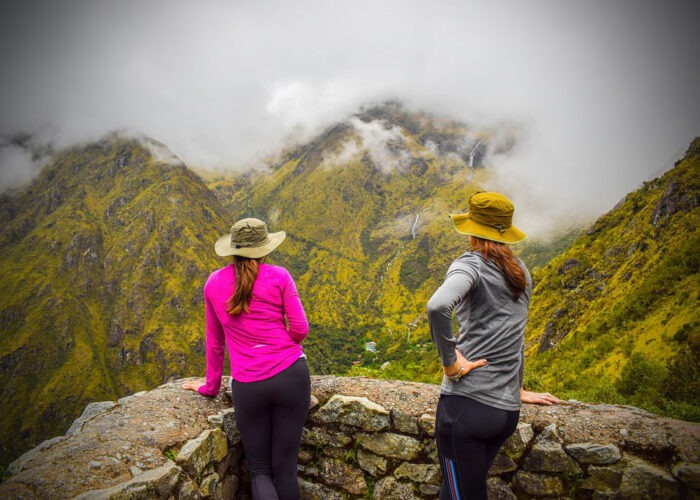
If trekking the Inca Trail is on your bucket list, you have a few options, ranging from just 1 days to 7 days long, which includes a part of the incredible Salkantay Trail as well. Bear in mind that the 4 day trail is the classic route and the one that most people want to take part in, so you need to book months in advance.
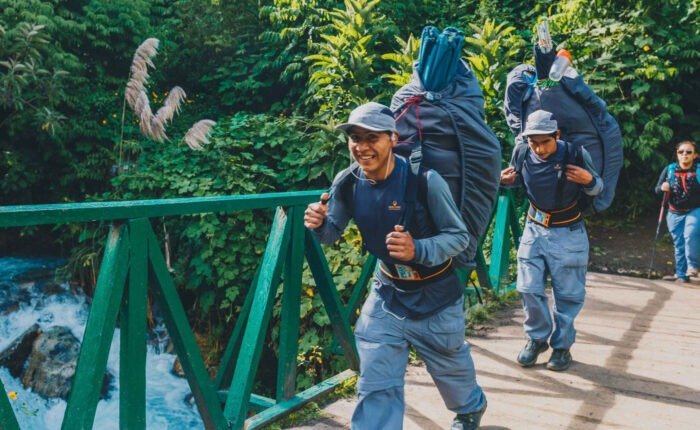
It is not possible to create the experience we provide without the unbelievably hard work of our team of porters. They are made up of men varying ages who are willing to leave their homes several hours away for days at a time. They
typically are farmers.
We go out of our way to treat them with respect providing fair wages and proper equipment. We care for their health and the health of their families. In their communities we work on many social projects, especially in education and
health, where we have small reinforcement schools with teachers in the subjects that the children of our porters require, we implement libraries, even school buildings.

Peru Hike relies on an extensive network of
highly trained guides and expert ambassadors as a
premise to guarantee excellence in our services. We are
fully conscious that an excellent guide is key to making
your trip a memorable experience, which is why we are
extremely demanding when recruiting and regularly
training our guides.
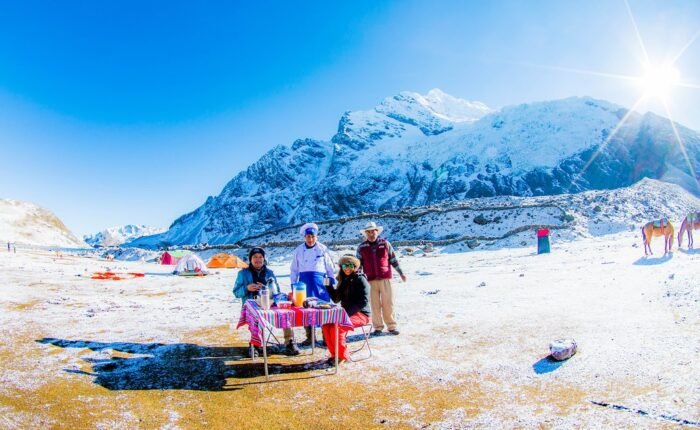
In all of our trekking trips, the chef ensures high-quality meals on time, an adequate diet both in its quality and quantity. The secret lies in the careful selection of our team of chefs, whose top-quality restaurant background,
creativity and passion for their jobs provide an unequalled touch to all of our meals. We do not have set menus since we wish to give our chefs the chance to create, innovate and surprise our clients through delicious dishes in every
trip.
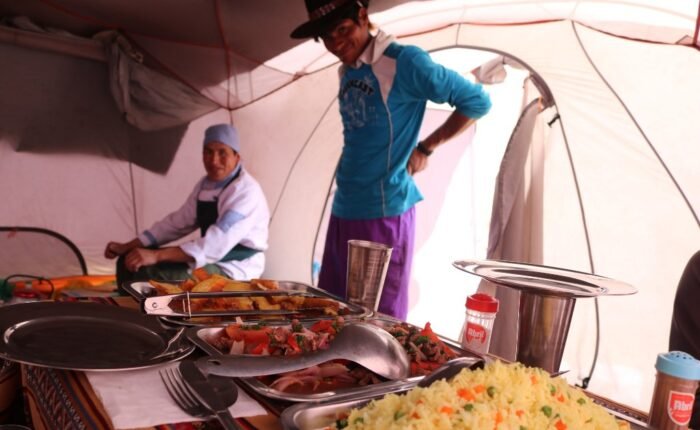
We do not have set menus since we wish to give our chefs
the chance to create, innovate and surprise our clients
through delicious dishes in every trip. We provide
general guidelines, guest information on dietary
restrictions and preferences and, most especially, the
tools for a constant updating of our cooks’ knowledge in
both Peruvian and International cuisine through
specialization courses and training.

Enjoy a good night’s sleep in our spacious Eureka tent. All our tents are built to be four man tents, but you will only have to share with one other trekker. This leaves a lot of room to spread out comfortably and store your duffels.
They are an A-frame design, with entrances on both sides of the tent. They also include a vestibule in front, giving you some extra outdoor space to leave your boots and walking sticks. We are proud to be the only company to use these
tents.
Before You Go, What You Should Know
Here are the top highlights that you’ll enjoy on the excursion:
To help you prepare as best as possible for this trip, it’s a good idea to know what to expect in advance. We’ve created a list to help you.
When booking this trek, you need to be aware that it is at a high altitude. You will reach up to 4,200 masl. This can mean you may feel tired more easily or want to eat or drink more. Altitude can cause headaches, nausea, and tiredness, so to make sure you avoid feeling like this on the trail, we recommend 2-3 days in the city of Cusco.
That’s right. Along the way there are no showers at all, so you will need to go however many days you opt to trek for without a shower. Bringing a change of clothes for each day and some body wipes is a good way to keep on top of hygiene.
It isn’t the most difficult trek in the world, but it’s not easy either. Along with the altitude, a lot of the way you’ll be walking along the treasured Inca path, but that means a lot of cobbled walkways that can take their toll on your knees, ankles, and feet. Use the right footwear to aid you as much as possible.
Due to the trail being one of the most popular in the world, you’ll meet a lot of people along the way from across the globe. It can be exciting to make new friends and experience this journey with many others. If you’re expecting to enjoy a peaceful walk by yourself in the mountains, this isn’t the trek to do it on.
Along the trail you’ll visit some incredible archaeological sites where your knowledgeable guide will teach you all about the area. They’ll also give you plenty of information as you walk, so be prepared to learn a lot about our ancestors.
Walking through the incredible Andean mountain range along an ancient path means you’re going to see some fantastic landscapes and get some wonderful views. The flora and fauna in the area is spectacular, so make sure you bring a good camera.
As you’ll be heading high into the mountain, you’ll be feeling the cold. However, you also head down into the jungle where it gets very warm. Aguas Calientes and Machu Picchu are also humid. You can expect bugs at this altitude so take plenty of insect repellent. Make sure you pack for the changes in weather.
The Inca Trail is in Peru in South America. It’s located in the Andean mountain range in the department of Cusco. It ends at Machu Picchu, one of the New Seven Wonders of the World.
As far as treks go around the world, the Inca Trail is considered relatively difficult by most people. The overall distance of the trail is 26 miles, which is broken up over a few days. You also get porters to carry our backpacks, which makes things a little easier.
What makes the trek harder is the altitude, the elevation changes, and the difficult terrain of the paths. A lot of steps can also cause a strain on your knees and ankles. As an overall trek we have rated it as moderate, with challenging and easy parts as well.
Now to share our top facts about the Inca Trail.
Below are some useful tips to help you with preparation for your trip.
Finally, to make your trip go as smoothly as possible, here are a few final recommendations.
Remember that the Inca Trail will sell out months in advance, so to avoid disappointment, you need to book as far in advance as you can.
You’ll find recommendations of what to pack online, and it’s a good idea to use them to your advantage. You don’t have a lot of space and need to make sure you take all the right things.
The Inca Trail is its busiest from May to October. This is the dry season and days are warm and sunny, whereas nights are cold. From November to April it’s the wet season, which can make things a little tougher, but there may be less hikers. Remember that the Inca Trail is closed in February.
There are no official age restrictions on the trail, but most companies will only allow trekkers aged 12 and up.
Most travellers invest in travel insurance before they come to Peru, and it’s wise to do so. Look for one that includes adventure activities to make sure everything is covered. Most agencies won’t let you go with them if you aren’t insured.
There are no shops along the route, so stock up on a few lightweight items to help you keep up your energy levels along the way. We recommend nuts and dried fruits.
This is not obligatory, but most will expect a little something. The amount is at your discretion.












